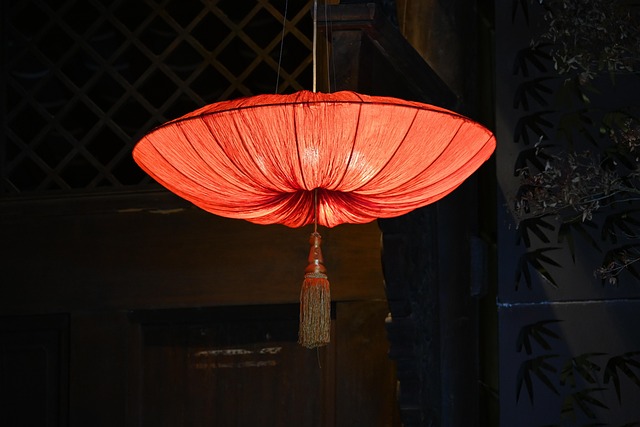Photography is more than just capturing images; it’s about storytelling, evoking emotions, and creating art that resonates with the viewer. One of the most captivating forms of photography is light art, where illumination becomes the primary medium of creativity. In this guide, we will explore how to master the intricacies of optics and camera techniques to elevate your photography skills and unleash your artistic potential.
At the heart of light art lies the unique interplay between light and shadow. Unlike traditional photography that often relies on ambient light, light art encourages you to take control of your surroundings. Whether you’re experimenting with long exposure techniques or utilizing various light sources, the goal is to transform the ordinary into the extraordinary.
Understanding Optics
Optics is the science of light and its behavior. As a photographer, having a solid grasp of optics is essential. It influences how light travels through your camera’s lens and impacts the final image. Start by familiarizing yourself with lens types and their characteristics. Wide-angle lenses can capture expansive light trails, while telephoto lenses can isolate specific elements, allowing for more intricate light compositions.
Mastering Your Camera Settings
To create stunning light art photographs, knowing how to manipulate your camera settings can make all the difference. Here are some key settings to consider:
- Shutter Speed: Long exposure times allow you to capture the movement of light sources. Experiment with shutter speeds from several seconds to minutes, depending on the effect you want to achieve.
- Aperture: The aperture setting affects depth of field and light intake. A wider aperture (smaller f-number) can create a softer background, emphasizing the luminous elements in your composition.
- ISO: Adjusting your ISO can help you maintain the right exposure in various lighting conditions. A lower ISO is ideal for long exposures, as it minimizes noise while capturing smooth light trails.
Creating Your Light Art
Now that you have a foundational understanding of optics and camera settings, it’s time to create your light art. Here are a few techniques to get you started:
- Light Painting: This involves moving a light source (like a flashlight or LED wand) in front of the camera during a long exposure. Experiment with different colors and patterns to enhance your composition.
- Light Trails: Capture the movement of cars or other light sources in motion. Use a tripod to stabilize your camera while using a slow shutter speed to create stunning trails.
- Projection: Use projectors to cast images or patterns onto surfaces, creating a unique blend of light and photography. This technique can add depth and context to your images.
Post-Processing Techniques
Once you’ve captured your light art photographs, post-processing can enhance their visual impact. Programs like Adobe Lightroom or Photoshop are excellent for fine-tuning your images. Focus on enhancing color vibrancy, adjusting contrast, and cropping for improved composition. The goal is to maintain the essence of the light art while elevating its aesthetic appeal.
Embrace the magic of light art and let your creativity shine through your photography. With the right understanding of optics, camera techniques, and a willingness to experiment, you can elevate your skills and capture breathtaking images that resonate with your audience.




